How Geysers Work
Geysers are generally located on the edges of the Earth’s tectonic plates. These plates are unstable, generating tremendous energy that erupt at fault lines. This dynamic can result in earthquakes and volcanoes; it also provides heat sources for geysers and hot springs.
Geysers require water, heat, and a plumbing system. Many geysers are located near rivers and draw water from them. The water in geysers is heated by magma that lies around 3 miles (4.8 km) beneath the surface of the Earth.
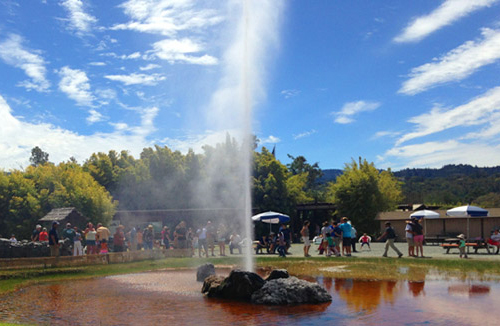
Key Components of Geyser Formation
In order to survive, a geyser needs a consistent flow of groundwater into its natural plumbing system. A geyser also needs a constant heat source. Geysers live in only a few places on Earth where there is high geothermal activity from active volcanic fields. It is the energy from this geothermal activity that creates the heat geysers need to fuel their eruptions.
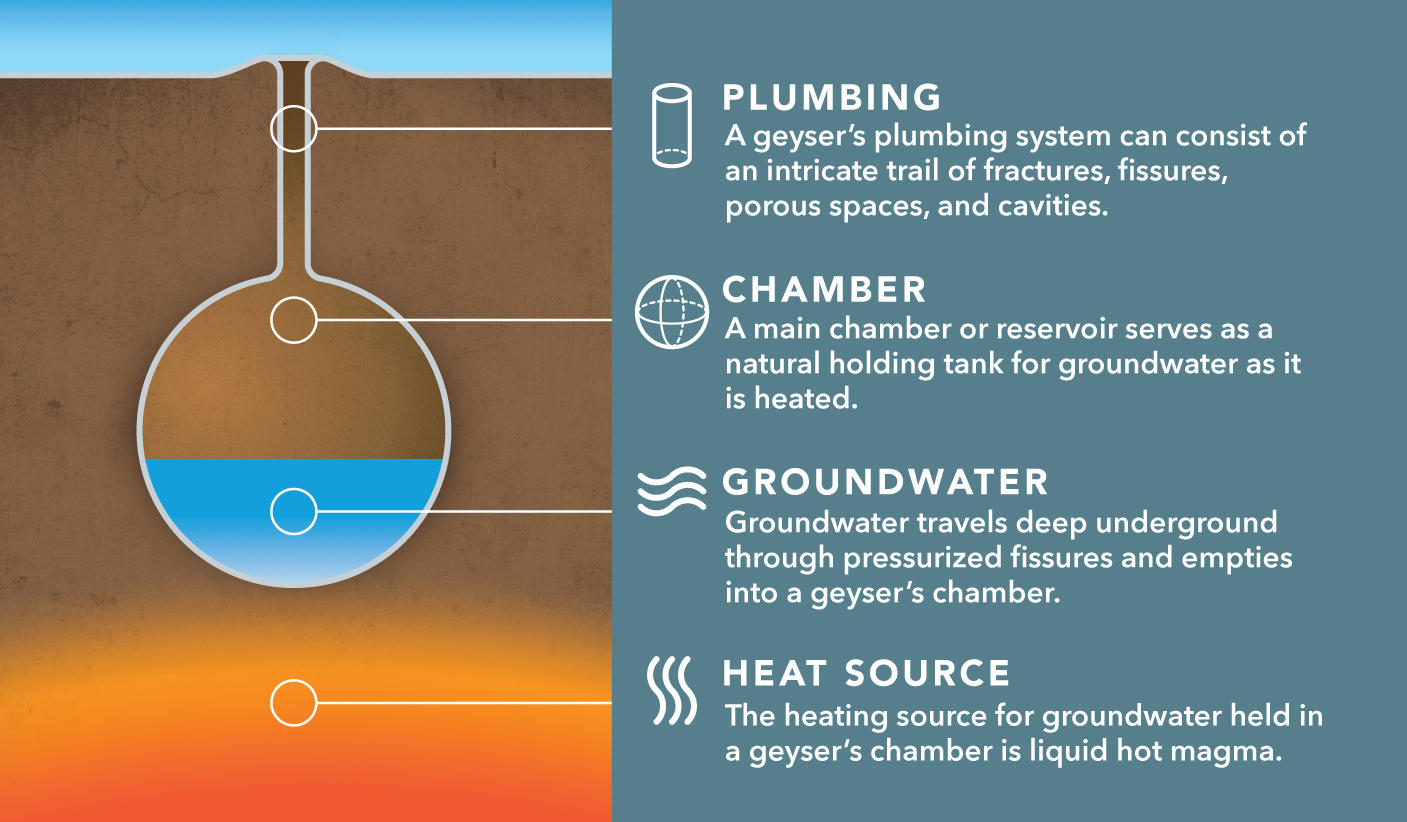
Sequences of a Geyser
Much like a natural pressure cooker, a geyser’s eruption is powered by an explosion of boiling hot water and steam. Groundwater held in the geyser’s main chamber is heated by magma deep under the Earth’s surface.
An explosive eruption occurs when the water reaches extreme
temperatures under increased pressure from a build-up of steam. The eruption releases pressure and allows the geyser to cool.
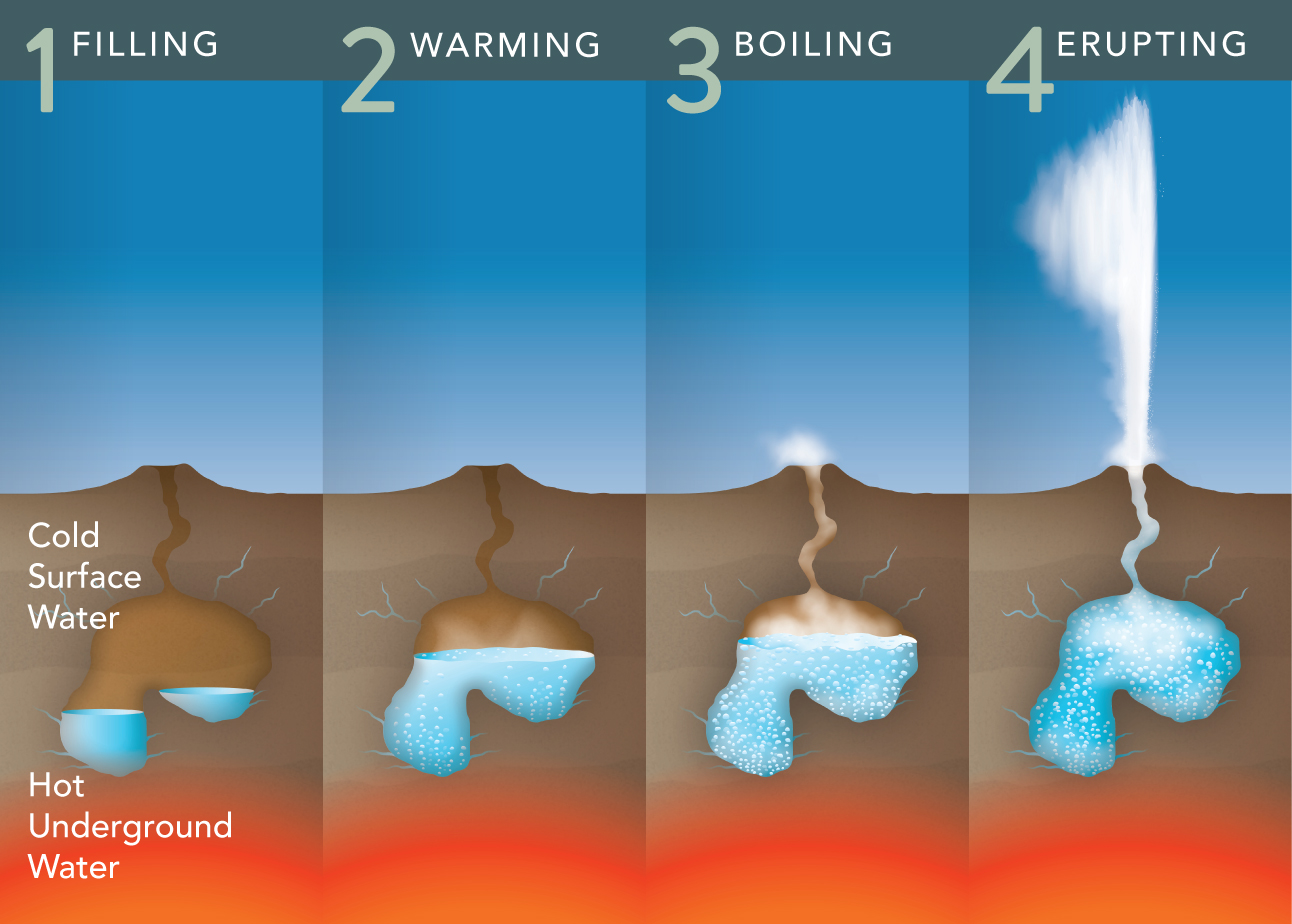
1) Filling:
Groundwater seeps into the geyser’s reservoirs, a series of underground chambers which are emptied by previous eruptions.
2) Warming:
As groundwater enters the reservoirs, it is heated by nearby magma bringing it to temperatures that can exceed 199°F (93°C).
3) Boiling:
Intense pressure compounded by depth of the reservoirs and weight of the water, creates steam yet prevents the water from boiling.
4) Erupting:
The steam expands and lifts the water upward causing the geyser to overflow. This release decreases pressure, induces violent boiling, and forces a massive amount of steam and water out of the vent. Then the process repeats.
History of the Region
“Legend of the Healing Waters”
Centuries ago, the people of the native Wappo Indian Tribe believed in the “Legend of the Healing Waters.” The Wappos noticed steam rising through the earth and the mineral waters bubbling out of the ground. Having discovered the healing properties of the waters and their restorative affect on tired and aching muscles, the Wappos used the mud to treat bee stings and sunburns with great success. Before long, word of the legend spread leading people to travel great distances in order to experience the benefits of the healing waters. Visitors would relax in bamboo sweat lodges, soak in the natural pools, and take in the serenity of Mount Saint Helena.
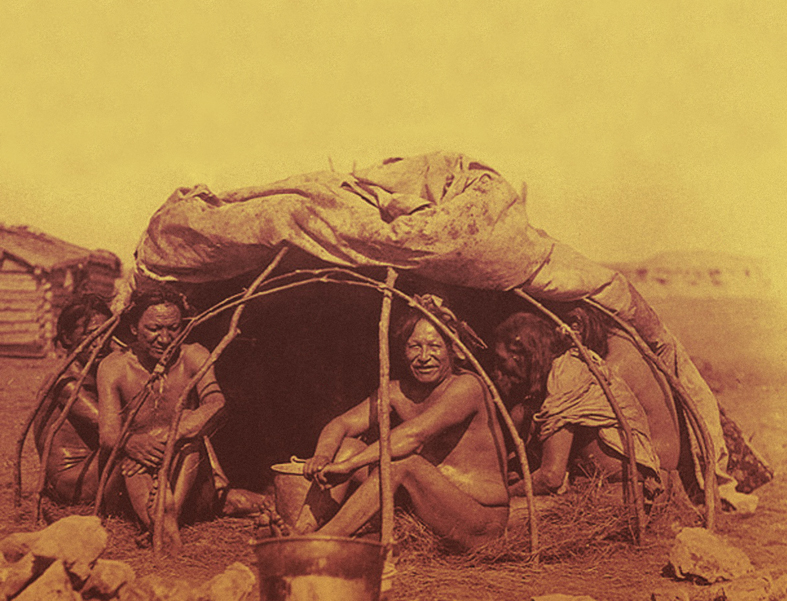
Wappo People
The Wappos are an indigenous people of northern California. Their traditional homelands are in Napa Valley, the south shore of Clear Lake, Alexander Valley, and Russian River Valley.
The name Wappo is an Americanization of the Spanish term guapo, which means, among other things, “brave.” They were known as brave for their stubborn resistance to Mexican domination, particularly their resistance to all military attempts from General Vallejo and his enlisted allies. In 1836 the warring parties signed a peace treaty.
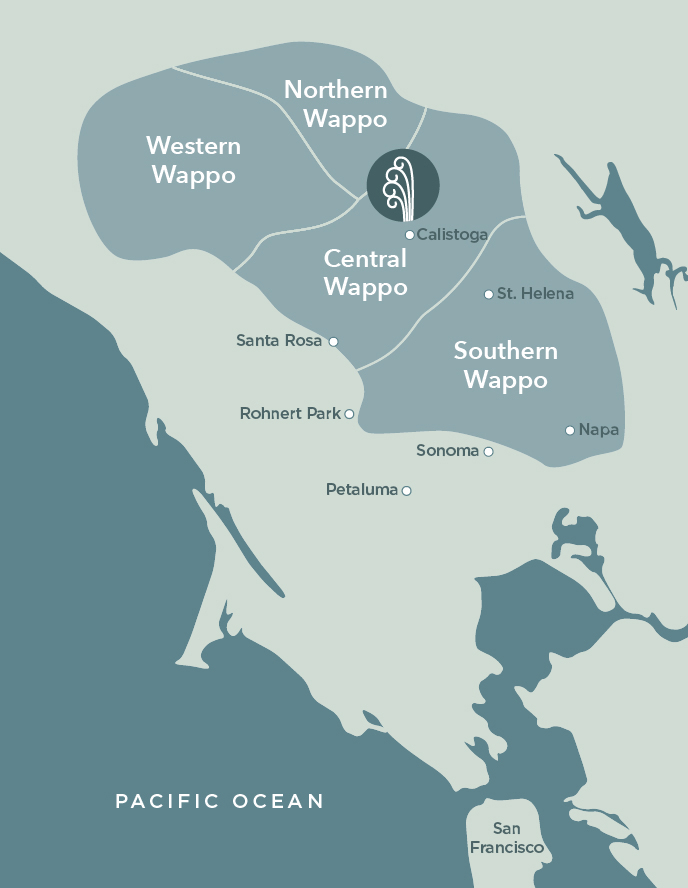
Intricate Basketry
Like many other tribes, the Wappo Indians crafted intricate basketry. The baskets were made by weaving parts of plants that were growing in the valley. They used the gray willow, redbud, and sedge plants. The baskets were so tightly woven that they could hold water or be used in cooking foods such as nuts. Beads and feathers were sometimes woven into the baskets. The beads were made from shells brought back from the coast.
The Wappos also used their weaving skills to make nets for catching fish and carrying boards that mothers used to carry their babies as they worked.
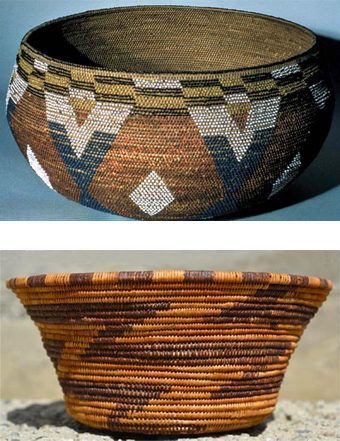
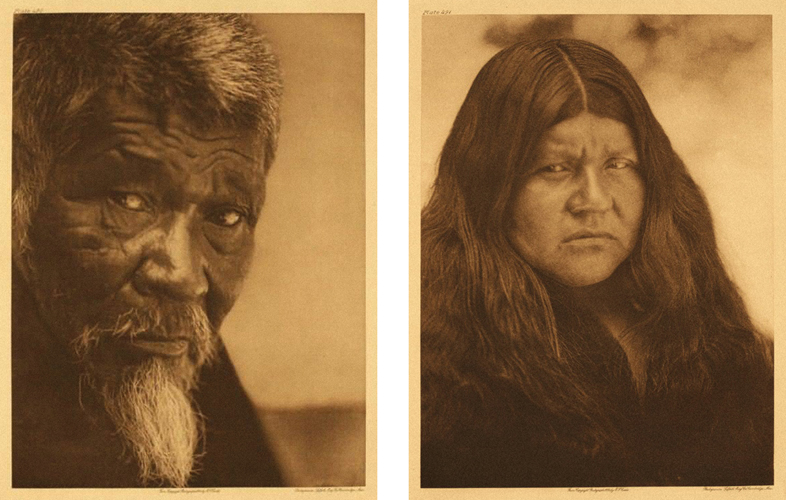
A Wappo Man and a Women
Edward S. Curtis Collection
Edward Sheriff Curtis (1868 – 1952) was an American ethnologist and photographer. He specialized in documenting the life and faces behind the Native American Indian tribes of the American West.
Mineral Water Bath
Constructed back in the 1930s, much like the native Wappo Indians, guests considered the hot mineral therapy pool to have spiritual, healing and rejuvenating properties. Guests would sooth what ailed them by enjoying private baths in custom-made bathing stalls that included a bathtub. A pipe that extended from the capped well to the pool helped to regulate water temperatures.
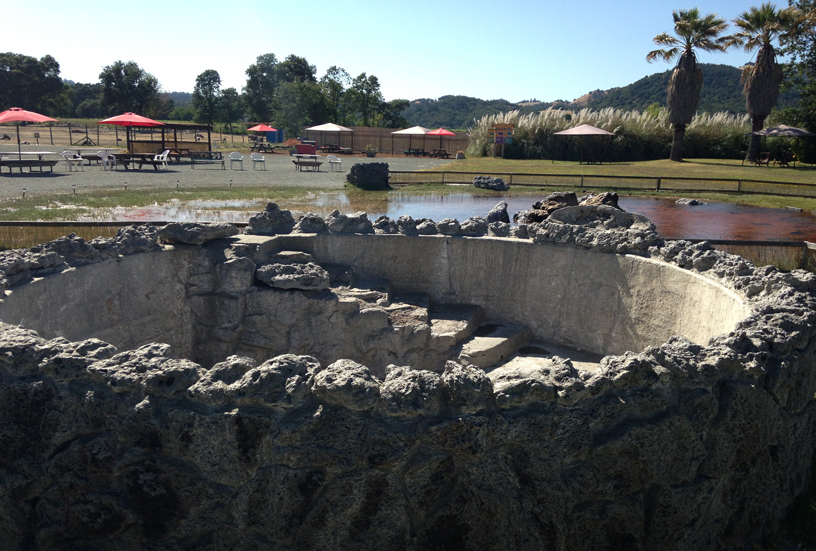
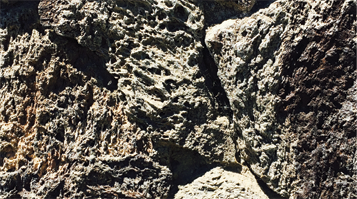
Lava Rocks
The walls of the pool are made up of lava rocks indigenous to this area. This means that the rocks are crystalline solids that formed directly from cooling magma. There are three main types of volcanic igneous rocks including rhyolite, andesite and basalt.
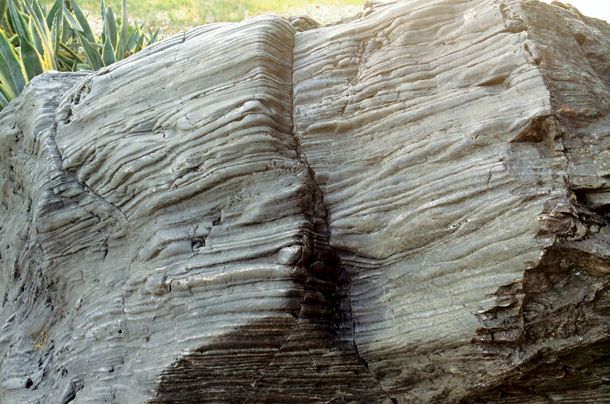
Rhyolite
Rhyolite is light in color, often appearing grey, white, red or brown. It contains a high silica content that is similar to that of granite. Today, rhyolite is used in aggregate, filler and lightweight building materials by the construction industry. In addition, artists feature rhyolite to accentuate their jewelry and sculpture pieces.
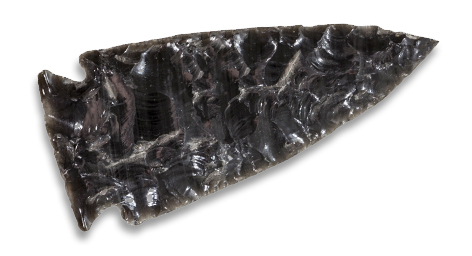
Obsidian
When rhyolite cools too quickly and does not form crystals, it takes the form of obsidian. Also known as “Black Glass,” obsidian is a hard, but brittle rock with a smooth, glass-like texture. The native Wappo Indian Tribe often used obsidian for arrowheads and other cutting and piercing tools due to these qualities.
Capped Geyser
Capped in 1916
The same year that this second geyser was drilled, it was also capped. Then in the mid-1900s, this geyser was put back into service, providing nutrient rich mineral water to the Old Faithful Hot Mineral Therapy Pool, which is located nearby. A pipe connected to the geyser not only allowed water to flow freely to the pool, but also helped regulate the water’s temperature. Visitors soaked in the pool in order to take advantage of the spiritual, healing and rejuvenating properties the water had to offer.
In 2009, the geyser was officially put out of service. Water from the hot springs and geysers in the Calistoga area is most commonly used for bathing and drinking. However, back in the 1900s, water was used to heat homes, hotels and other buildings. Known as geothermal heat, this process is still used around the globe today. Its popularity is rising given that geothermal heating systems provide renewable energy and are much more energy efficient than conventional heating systems.
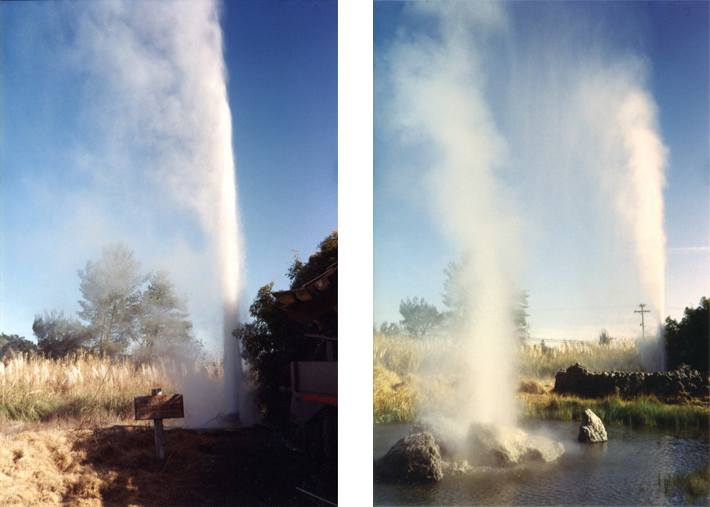
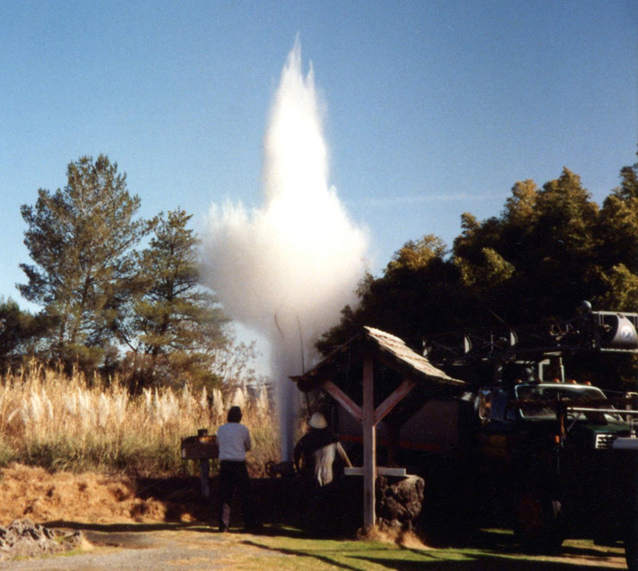
Dormant Volcano
Standing in what was once an active volcano...
According to geologists, this area was once home to a great deal of volcanic activity.
The outer ridge of this dormant volcano forms the ring of mountains surrounding this Valley. This volcano last erupted during the Pliocene Era, more than 3 million years ago. It is responsible for depositing large amounts of ash and lava across much of Napa and Sonoma Counties.
During the last eruption, a nearby grove of redwood trees was flattened by the violent explosion, forcing the downed trees to lie in the same direction. Covered in volcanic ash, the trees slowly turned to stone and created the Petrified Forest, a now famous California historical landmark. This incredible eruption also formed steam vents in the basin, one of which we know today as the world famous Old Faithful Geyser of California
This is not a typical cone-shaped volcano. This volcano is called a shield volcano as it was built almost entirely of fluid lava flows. Lava travels at such a fast rate of speed out of this type of volcano that it results in a steady accumulation of broad sheets of lava. These layers solidify and form what appears to be a warrior’s shield lying on the ground (hence its name).
The map indicates shaded areas where lava and ash covered Northern California regions after eruptions of Mount Saint Helena and Sonoma Mountain more than 3 million years ago.
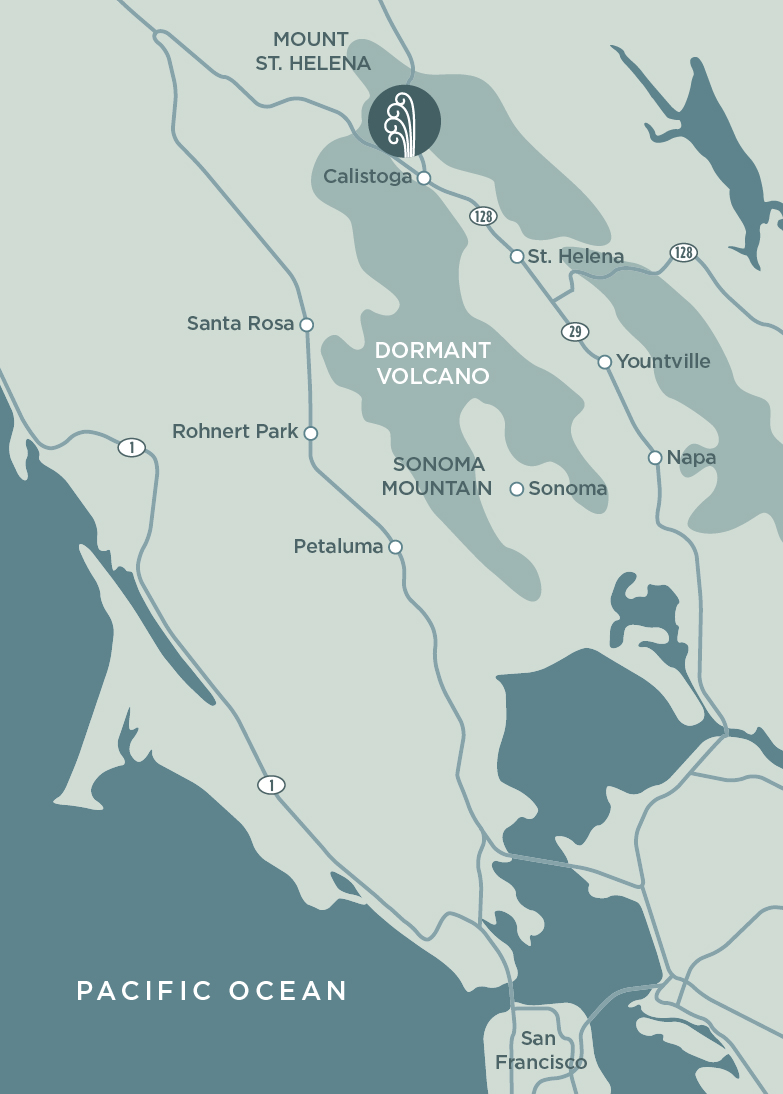

PHONE:
(707) 942-6463
EMAIL:
info@oldfaithfulgeyser.com
ADDRESS:
1299 Tubbs Lane, Calistoga, CA 94515
Quick Links
Admission & Hours
Accessibility
Related Links
FAQs
Job Opportunities
Legal Notices
In the Media
Sign Up!
Plan Your Event

